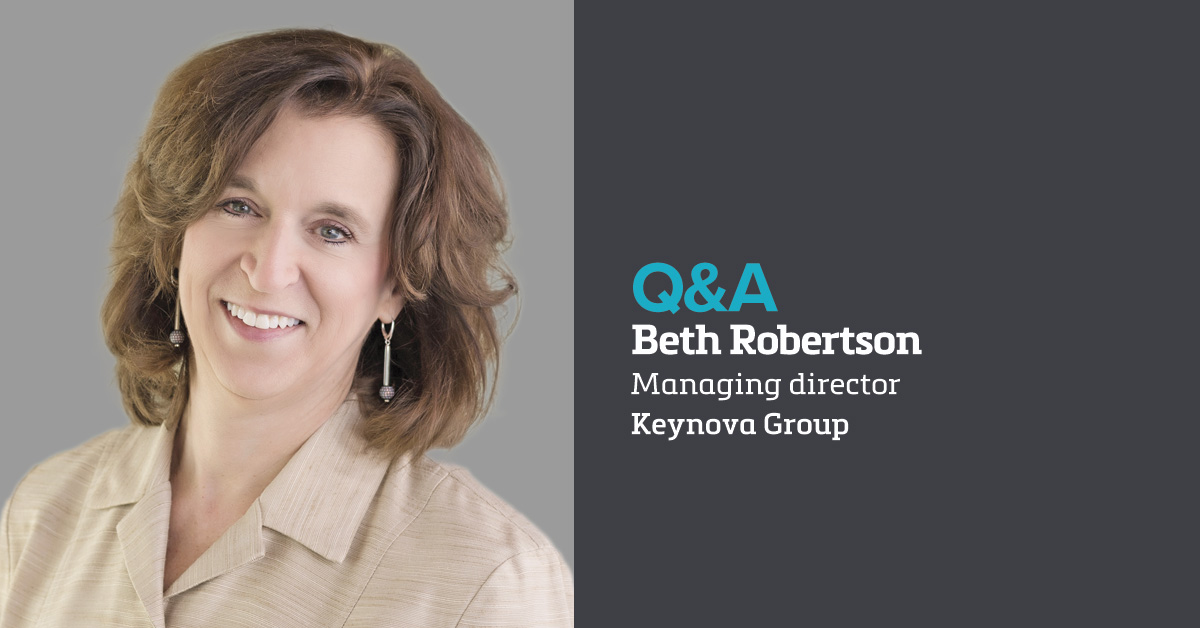More home equity offerings, more Spanish language outreach and more financial goal-setting tools. That’s what the Keynova Group found in its 2023 Mortgage-Home Equity Scorecard, which assessed the digital channels of some of the nation’s largest banks and nonbanks.
Keynova Group has been doing a survey on mortgages and home equity since 2005. Initially, the company focused on banks but expanded to nonbanks about five years ago after Rocket Mortgage, then Quicken Loans, began offering the first end-to-end online mortgage.
“We’ll see a continuing build-out of educational resources like articles and calculators.”
“Our bank customers were really curious about what they were doing,” said Beth Robertson, Keynova’s managing director. “So, we decided to add several of the large nonbank firms to the benchmark.”
In the 2023 survey, Keynova evaluated 350 criteria, from the mortgage application process to customer support features. Surveyed institutions included Bank of America, Chase, Citi, Citizens, PNC, Truist, U.S. Bank and Wells Fargo, as well as nonbank home lenders Freedom Mortgage, Guaranteed Rate, LoanDepot and Rocket Mortgage. Robertson spoke to Scotsman Guide about industry trends uncovered this year and how financial institutions could use this information.
Nonbanks are increasingly looking at home equity lending to replace refinance and purchase originations, right?
Since last year, Guaranteed Rate, LoanDepot and Rocket have all introduced or ramped up their capabilities relative to home equity. You can see that with Guaranteed Rate and LoanDepot. Rocket, at least at the time of our review, still was doing a lot in terms of educational content.
More lenders are also offering Spanish-language mortgage applications. Is that new?
That is something, again, that we’re seeing mostly from the nonbanks. Again, the same ones that I mentioned, Guaranteed Rate, LoanDepot and Rocket Mortgage. It’s something that’s good to see. It’s definitely going to make mortgages much more accessible to Spanish-speaking individuals.
Do you think that companies are just now realizing the size of that particular market?
Many of the firms — not just mortgage lenders but other digital firms — were talking a couple of years ago about browsers having the ability to translate from English to Spanish. They didn’t see the need, necessarily, for adding Spanish-language content.
That’s really changed as the (Hispanic and Latino) population has expanded significantly. When you get to something like a mortgage application, the information that is gathered is very important and it’s highly confidential. It’s important that it be translated correctly.
Why did more lenders offer digital goal-setting and planning tools?
Banks and nonbanks are trying to act as more of a partner with the individual and help them plan for all of their financial servicing needs. All of that has resulted in us seeing more of these goal-setting tools.
Did anything in this year’s survey surprise you?
There is starting to be more use of soft credit pulls. I think we’ll continue to see that early in the mortgage processes. You may see a soft credit pull, rather than anything that affects the borrower’s credit score, until they’re ready to go with something that’s more formal.
Do companies, both the ones surveyed as well as others, adjust their strategies based on the survey findings?
It’s important to see what others are doing. It doesn’t necessarily mean that you’re going to adjust your own strategy. You can look at what others are doing and maybe use it to justify internally your own initiatives, or to help you plan new initiatives.
Any expectations for what you’ll find in the future?
That’s somewhat harder to say, but I do think we’re going to see a lot more Spanish capabilities in terms of the lending content and educational resources. We’ll also see more Spanish language in customer support tools like virtual assistance, as well as dedicated Spanish dial-in lines.
We’ll also see some more rollout of soft credit pulls, because that encourages somebody to find out if they’re eligible without affecting their credit rating. We’ll see a continuing build-out of educational resources like articles and calculators, and other sorts of tools that can be integrated more broadly across a digital property.
Do you think that nonbanks looking at home equity lending is a blip on the map?
Once they’ve gone through the product rollout and the support that they need for home equity, the nonbanks will likely stay there. Then they can offer a wider array of products to meet customer needs depending on the current market situation. ●





